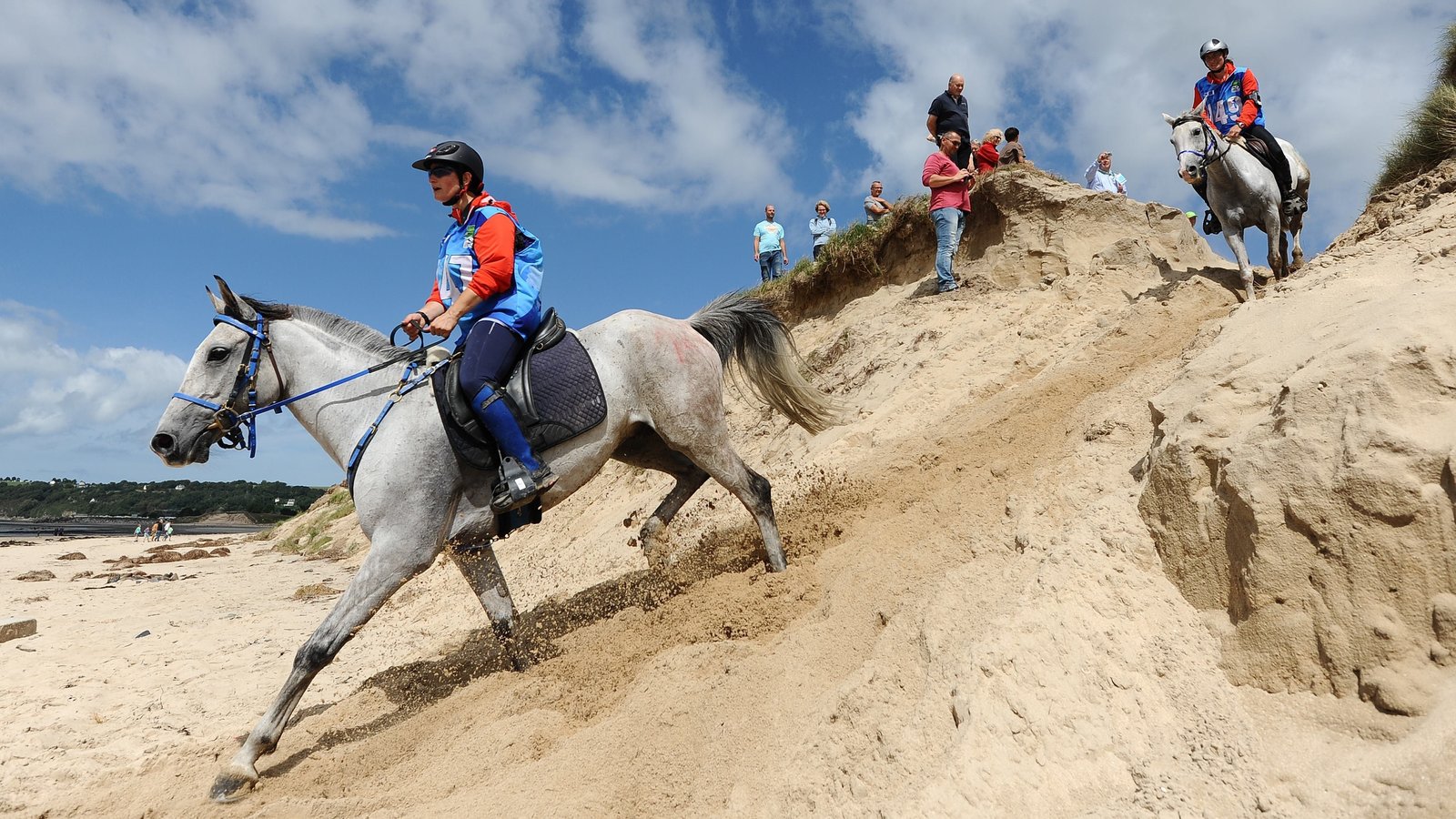Do you know that horseback riding can be much more than just riding a horse? In fact, it can be a team sport! Have you ever wondered how horseback riding can bring people together and foster a sense of camaraderie? Well, in this article, we’ll delve into the world of horseback riding as a team sport and discover all the ways it can bring people closer. From teamwork and communication to trust and cooperation, horseback riding has it all. So, if you’re curious to learn more, keep reading!
When it comes to horseback riding as a team sport, there are plenty of aspects to explore. It’s not just about an individual’s riding skills, but also about their ability to work together with their horse and other riders. Teamwork plays a crucial role, as riders need to communicate and coordinate their movements to accomplish tasks or complete a course. Trust is also essential as riders need to rely on their horse to respond to their cues and vice versa. Moreover, horseback riding as a team sport can teach valuable life skills such as patience, empathy, and perseverance. So, if you’re interested in discovering more about why horseback riding is more than just a solo activity, stay tuned for our upcoming articles where we’ll delve deeper into this fascinating topic!
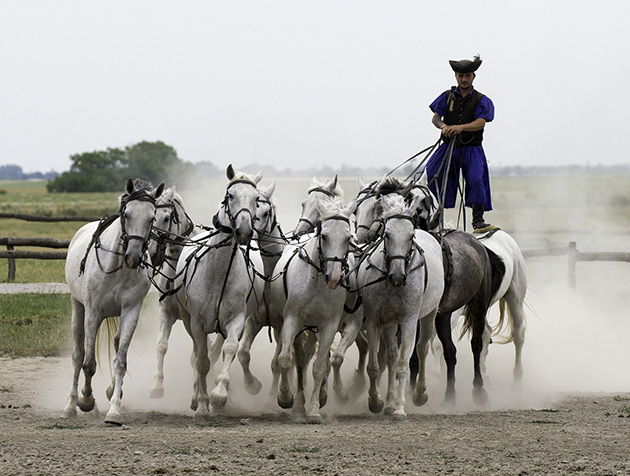
Horseback Riding as a Team Sport
Horseback riding is not just a solitary activity, it can also be a thrilling team sport that demands coordination, trust, and communication between riders and their horses. From the early origins of horse riding to modern-day competitions, the evolution of equestrianism has shaped horseback riding into a dynamic group activity that brings people together in a shared passion for horses. In this article, we will explore the history, different types, equipment and gear, training and techniques, benefits, safety precautions, competition preparation, teamwork, famous events, holidays and vacations, famous riders, therapy, and etiquette of horseback riding as a team sport.
Early Origins of Horse Riding
Horseback riding has ancient origins, with evidence of humans riding horses dating back to around 3500 BCE. The ancient nomadic tribes of Central Asia, such as the Scythians and Mongols, were among the earliest people to master the art of horse riding. They depended on horses for transportation, hunting, and warfare. Over time, horse riding spread to other civilizations, such as the Persians, Greeks, and Romans, who recognized the value of horses as powerful allies in battle.
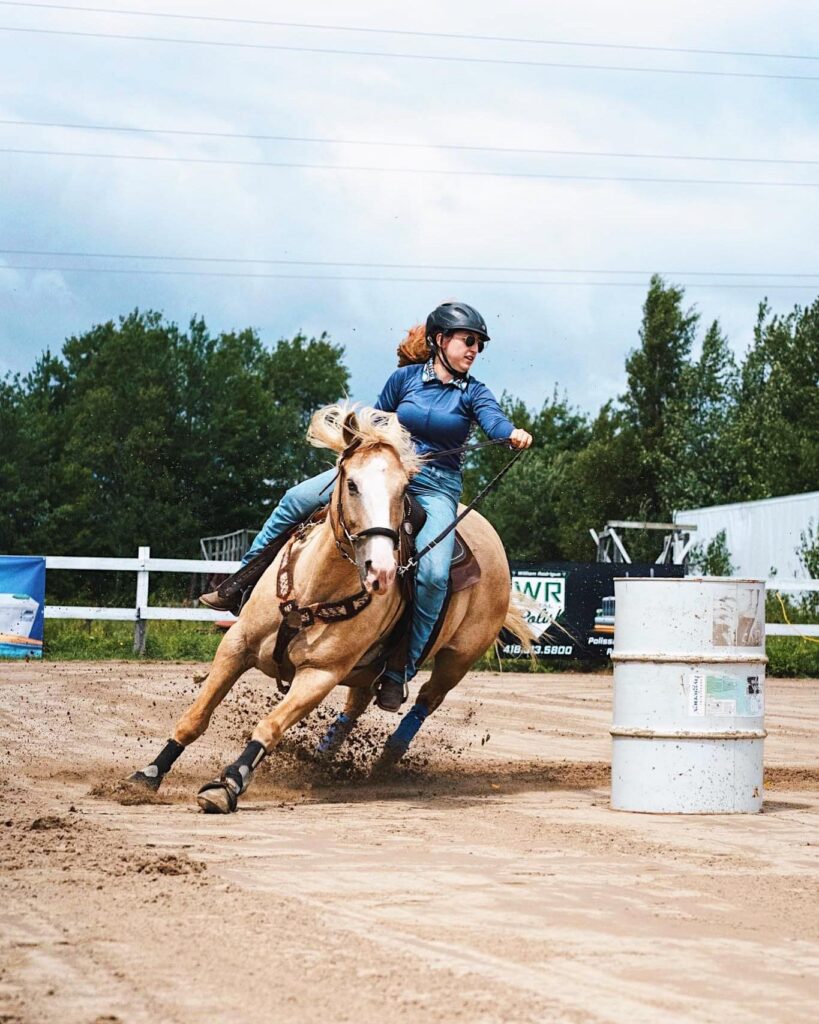
Horse Riding in Ancient Civilizations
In ancient civilizations, horse riding played an essential role in warfare, communication, and transportation. The Persians and Greeks developed cavalry units, composed of heavily armed riders, which proved to be formidable forces on the battlefield. The Romans, known for their advanced military strategies, also relied heavily on horse-mounted soldiers, known as “equites,” to expand their empire. Horse riding became a symbol of power and prestige in these ancient societies.
The Evolution of Equestrianism
After the fall of the Roman Empire, horse riding continued to evolve in different parts of the world. In medieval Europe, horseback riding became a vital skill for knights and nobles, who engaged in jousting tournaments and chivalrous displays of skill and horsemanship. With the advent of firearms, horses were still used in warfare, but their role shifted to reconnaissance and transportation. In modern times, horse riding has transitioned into a recreational activity and sport that appeals to individuals of all ages and backgrounds.

Horse Riding in Medieval Europe
During the Middle Ages, horse riding in Europe reached its peak as an art form and a necessary skill for knights and nobles. Jousting tournaments were highly popular, where knights on horseback would engage in mock battles and showcase their horsemanship, strength, and skill with various weapons. Riding a well-trained warhorse required strength, balance, and precise control, making it a true display of courage and athleticism.
Horse Riding in Modern Times
In modern times, horse riding has found its place as a recreational activity, a competitive sport, and even a therapy method. With the establishment of riding schools, clubs, and associations, aspiring riders can learn the art of horseback riding in a structured and safe environment. Equestrian competitions, such as dressage, jumping, and endurance riding, have gained popularity worldwide, attracting both professional riders and enthusiastic amateurs.
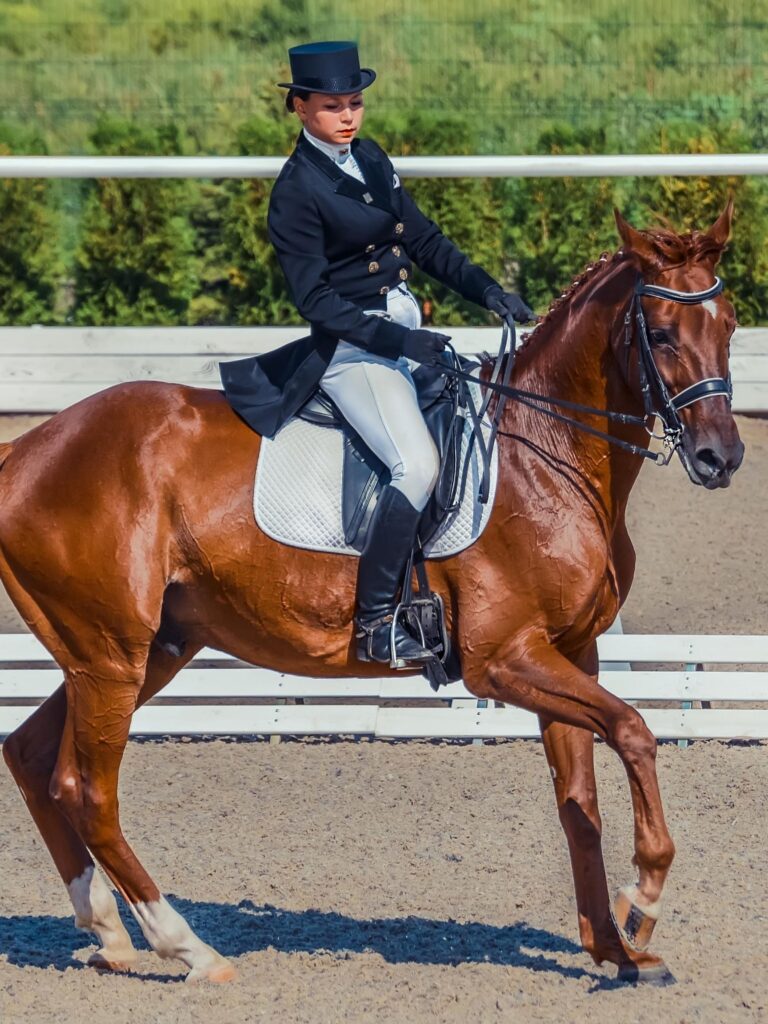
Different Types of Horseback Riding
Horseback riding encompasses various disciplines and styles, each with its own unique characteristics and requirements. Some of the most popular types of horseback riding include Western riding, English riding, dressage, jumping, endurance riding, trail riding, and rodeo. Let’s explore each of these disciplines in more detail.
Western Horseback Riding
Western horseback riding is deeply rooted in the traditions of the American West. It is often associated with cattle ranching and rodeo events. Western riders use a Western saddle, which is larger and more heavily adorned than its English counterpart. The riding style emphasizes relaxed and loose reins, with the rider using one hand on the reins and the other for balance and control.
English Horseback Riding
English horseback riding originated in Britain and is characterized by its refined and elegant style. It is commonly seen in disciplines such as dressage, show jumping, and eventing. English riders use an English saddle, which is smaller and lighter than a Western saddle, allowing for more close contact with the horse. Reins are held in both hands, and riders maintain a more upright position in the saddle.
Dressage
Dressage is often referred to as the “ballet of horseback riding.” It involves a precise set of movements and exercises performed by memory in an enclosed arena. Dressage riders aim to create a harmonious and balanced partnership with their horses, showcasing their horse’s athleticism, suppleness, and obedience. Judges evaluate the horse’s gaits, obedience to commands, and overall harmony with the rider.
Jumping
Jumping, also known as show jumping or stadium jumping, tests the horse and rider’s ability to navigate a series of fences and obstacles in an arena. The goal is to clear the jumps in the fastest time possible without knocking any poles down. Show jumping requires a combination of precise rider control, proper jumping technique, and the horse’s athleticism and willingness to comply with the rider’s commands.
Endurance Riding
Endurance riding is a long-distance equestrian sport, where horse and rider must complete a marked course within a set time. The sport emphasizes the horse’s stamina, soundness, and ability to recover after exertion. Riders must carefully manage their horse’s pace and well-being throughout the course, as veterinary checks are conducted along the way to ensure the horse’s health and fitness.
Trail Riding
Trail riding is a recreational activity that allows riders to explore scenic landscapes and natural trails. It can be done in various settings, such as forests, mountains, or beaches. Trail riders often enjoy the peacefulness of nature and the opportunity to bond with their horse while experiencing the thrill of outdoor adventure.
Rodeo
Rodeo is a competitive sport that originated in the United States and is closely associated with the cowboy and ranching culture. It includes events such as bull riding, bronc riding, steer wrestling, and barrel racing. Rodeo showcases the skills and courage of both the rider and the horse, as they navigate high-energy and often dangerous events.
Horseback Riding Equipment and Gear
Proper equipment and gear are essential for a safe and enjoyable horseback riding experience. Here are some of the key items riders need:
Saddles and Bridles
Saddles are essential for providing comfort and support for the rider and distributing their weight evenly across the horse’s back. Western saddles and English saddles are the two main types used in horseback riding, each suited for different disciplines.
Bridles consist of the headgear that goes over the horse’s head and includes the bit, reins, and other attachments. Bridles allow riders to communicate with their horse and control its movements.
Stirrups and Girths
Stirrups are metal or wooden bars attached to the saddle that the rider places their feet in. They provide stability, balance, and support to the rider’s legs and help with mounting and dismounting.
Girths, also known as cinches, are straps that secure the saddle in place on the horse’s belly. They prevent the saddle from slipping and ensure the rider’s stability.
Protective Gear for Rider and Horse
To ensure the safety of both the rider and the horse, protective gear is essential. Riders should wear a well-fitted riding helmet to protect their heads in case of falls or accidents. Additionally, riders may choose to wear protective vests, knee pads, and gloves for added safety.
For the horse, protective gear such as leg wraps or boots can help prevent injuries during strenuous activities, such as jumping or endurance riding.
Appropriate Clothing for Horseback Riding
When it comes to clothing, riders should opt for comfort, flexibility, and protection. Riding breeches or jodhpurs, which are form-fitting pants designed for riding, provide freedom of movement and grip in the saddle. A long-sleeved shirt or a riding jacket is also recommended to protect the rider’s arms from branches, insects, or the sun.
Additionally, riders should wear proper riding boots or shoes with a slight heel to prevent the foot from slipping through the stirrups and ensure a secure hold.
Types of Horseshoes
Horseshoes are metal shoes specially designed to protect the horse’s hooves and provide traction on different terrain. There are various types of horseshoes, including traditional iron shoes, aluminum shoes for lightweight performance, and therapeutic shoes for corrective purposes. The type of horseshoe used depends on the horse’s needs, the intended use, and the surface it will be ridden on.
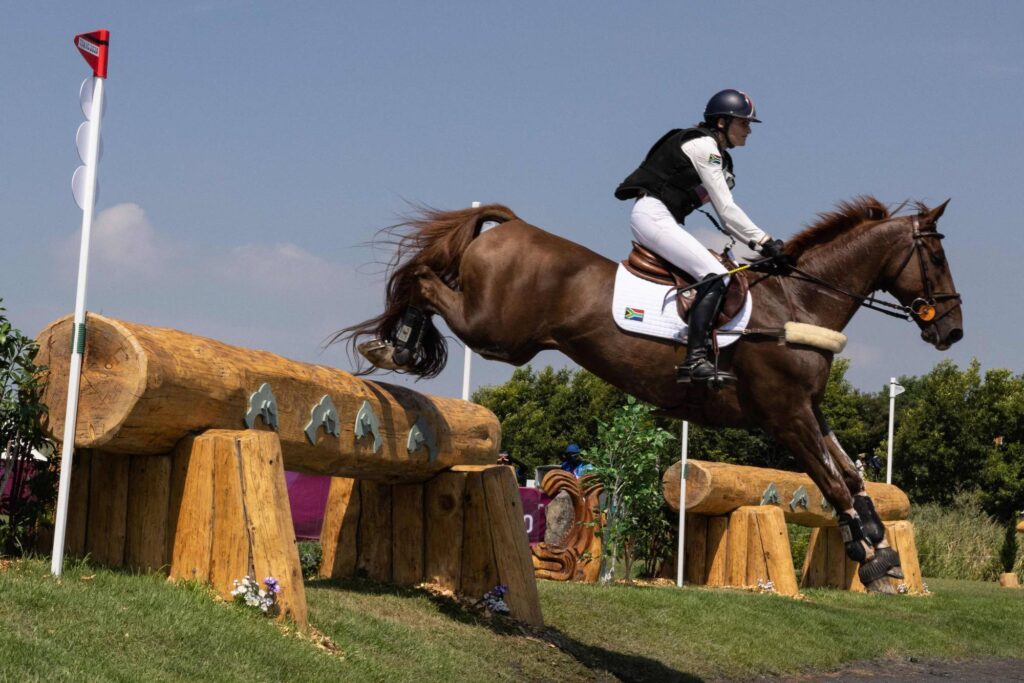
Training and Techniques for Horseback Riding
Becoming a skilled horseback rider requires training, practice, and a deep understanding of the horse’s behavior and needs. Here are some key training techniques and tips to improve your riding:
Basic Riding Techniques
Mastering basic riding techniques, such as mounting and dismounting, halting, steering, and controlling the horse’s speed, is essential for all riders. Beginners should start by taking lessons from qualified instructors who can teach them the foundation of horseback riding and provide guidance on proper techniques.
Balance and Posture
Maintaining balance and correct posture is crucial for both the rider and the horse. Riders should sit tall and straight in the saddle, with their shoulders relaxed and heels down. Proper alignment ensures stability, control, and proper weight distribution, allowing the horse to move freely and without restriction.
Proper Hand and Leg Position
The hands and legs play a vital role in communicating with the horse and giving cues for direction, speed, and transitions. Riders should have soft and supple hands, allowing for gentle and subtle rein aids. The legs should be relaxed but in contact with the horse’s sides, providing cues for forward movement or lateral movements.
Communication with the Horse
Building a strong partnership and effective communication with the horse is crucial for successful riding. Riders should learn to read the horse’s body language, signals, and reactions to better understand their needs and desires. A combination of verbal cues, reins, leg aids, and body positioning is used to communicate with the horse and convey instructions.
Developing a Strong Partnership with the Horse
Developing a strong partnership with the horse involves trust, respect, and consistent training. Spending quality time with the horse, grooming, and handling them helps establish a bond based on mutual understanding and trust. Riders should also be patient and understanding, as each horse has a unique personality and learning style.
Benefits of Horseback Riding
Horseback riding offers numerous physical, mental, and emotional benefits for riders of all ages. Here are some of the advantages of participating in horseback riding as a team sport:
Physical Fitness
Horseback riding is a physically demanding activity that engages various muscle groups. Riders must use their core muscles to maintain balance and stability in the saddle. The legs and arms are also constantly active, providing cues and aids to the horse. Regular riding can lead to improved strength, endurance, flexibility, and overall fitness.
Improved Coordination and Balance
Riding a horse requires a high level of coordination between the rider’s body movements and the horse’s actions. Proper balance and coordination are essential for maintaining control and stability. As riders develop their riding skills, their coordination and balance naturally improve.
Mental and Emotional Well-being
Horseback riding offers a unique opportunity for riders to connect with nature and animals, promoting a sense of calm and relaxation. The rhythmic motion of the horse can have a soothing effect, reducing stress and anxiety. Riders often report an improved mood, increased focus, and a sense of peace and tranquility while riding.
Boosting Confidence and Self-esteem
Mastering the art of horseback riding and overcoming challenges can significantly boost confidence and self-esteem. Accomplishing goals, such as clearing a jump or perfecting a dressage movement, provides a sense of achievement and accomplishment. Additionally, the unique bond formed between the rider and the horse can foster a sense of self-worth and empowerment.
Developing Discipline and Responsibility
Horseback riding requires discipline, commitment, and responsibility. Riders must adhere to strict training schedules, care for their horses’ well-being, and prioritize safety at all times. These qualities learned through horseback riding can be transferred to other aspects of life, such as academics, work, and personal relationships.
Therapeutic Effects
Horseback riding also has therapeutic benefits for individuals with physical or psychological challenges. Equine-assisted therapy and therapeutic riding programs are used to help individuals with disabilities, veterans, and individuals with mental health conditions, such as anxiety and post-traumatic stress disorder. The movement of the horse and the bond formed with the animal can provide emotional, physical, and cognitive stimulation, leading to improved well-being and quality of life.
Horseback Riding Safety and Precautions
While horseback riding can be a rewarding and enjoyable activity, it is important to prioritize safety and take necessary precautions. Here are some key safety measures riders should consider:
Choosing the Right Horse
Choosing a suitable horse that matches the rider’s skill level and experience is crucial for safety. Riders should ride horses that are well-trained, reliable, and suited to their abilities. Beginners should always seek guidance from experienced horse trainers or instructors when selecting a horse.
Horse Riding Etiquette
Respecting horse riding etiquette is essential for maintaining a safe and enjoyable environment for all riders. Riders should be aware of their surroundings, yield to faster riders, and follow any rules established by the riding facility or trail. It is also important to be mindful of other riders and horses, maintaining a safe distance and avoiding any sudden or unpredictable movements.
Proper Warm-up and Cool-down
Before riding, both the rider and the horse should engage in a proper warm-up routine to prepare their bodies for physical activity. This may include light stretching exercises for the rider and lunging or walking for the horse. After the ride, a cool-down period should be implemented to gradually lower the horse’s heart rate and prevent muscle soreness.
Helmets and Safety Gear
Wearing a well-fitted riding helmet is crucial for protecting the rider’s head in case of falls or accidents. Additionally, riders may choose to wear safety vests, knee pads, and gloves for added protection. It is also advisable to have a first aid kit readily available in case of minor injuries.
Awareness of Surroundings
Maintaining awareness of the surroundings while riding is essential for anticipating any potential hazards or obstacles. Riders should be aware of the terrain, other riders, pedestrians, wildlife, and any changes in the horse’s behavior. Being proactive and vigilant can prevent accidents and ensure a safe riding experience.
Emergency Procedures
Riders should familiarize themselves with emergency procedures and know what to do in case of accidents, injuries, or horse-related emergencies. This may involve knowing emergency contact numbers, basic first aid, and having a plan in place for notifying someone in case of a riding mishap.
Preparing for a Horseback Riding Competition
Competing in horseback riding competitions requires careful preparation and attention to detail. Here are some tips for getting ready for a competition:
Training and Conditioning
To compete at a high level, both the rider and the horse must be in top physical condition. Riders should establish a training schedule that includes regular riding sessions, conditioning exercises, and lessons with a qualified instructor. Horses should undergo proper conditioning programs, including fitness exercises and targeted training for specific disciplines.
Choosing the Appropriate Class
Competitions are typically divided into various classes based on skill level, age, and discipline. Riders should carefully choose the class that best suits their abilities and experience. It is important to challenge oneself without putting undue pressure or setting unrealistic expectations.
Understanding Competition Rules and Scoring
Familiarize yourself with the competition rules and scoring criteria specific to the discipline you are competing in. Understanding the scoring system will help you tailor your approach, focus on areas that judges prioritize, and perform the required movements or actions accordingly.
Developing a Competition Routine
Developing a routine or ritual before competing can help you focus and calm any nerves or jitters. This routine may include grooming and preparing the horse, warming up the horse and yourself, visualizing your performance, and mentally preparing for the competition.
Managing Show Jitters
Feeling nervous before a competition is natural, but it is important to manage your jitters and anxiety effectively. Breathing exercises, visualization techniques, and positive self-talk can help calm your nerves and maintain focus. Remember that everyone experiences nervousness to some degree, and it can often enhance performance by keeping you alert and focused.
The Role of Teamwork in Horseback Riding
Horseback riding as a team sport relies heavily on teamwork, trust, and effective communication. Here are some key elements of teamwork in horseback riding:
Building Trust and Communication with the Horse
Building a strong bond of trust, respect, and communication with the horse is essential for successful teamwork. Trust is earned through consistent training, positive reinforcement, and the establishment of clear boundaries and expectations. Effective communication between horse and rider allows for seamless coordination and understanding of each other’s cues.
Coordinating with Other Riders
In certain disciplines, such as jumping or dressage team tests, coordination with other riders is necessary. Riders must synchronize their movements, transitions, and patterns to ensure a harmonious and visually appealing performance. Teamwork and coordination create a seamless and connected performance that is pleasing to both the judges and the audience.
Working in Sync for Jumping or Dressage
Jumping requires precise coordination between the rider and the horse. Timing and positioning are crucial for successfully navigating a series of jumps. The rider must guide the horse to the correct take-off point, maintain balance in the air, and help the horse land safely. In dressage, riders execute intricate patterns and movements, requiring a deep understanding and connection between horse and rider.
Supporting Teammates
In team competitions, such as team penning or mounted games, supporting teammates is crucial. Riders must work together, communicate effectively, and cooperate to achieve a common goal. Offering support, encouragement, and assistance to fellow riders fosters a sense of camaraderie and team spirit.
Strategies for Team Competitions
Team competitions require strategizing and planning to ensure the best possible outcome. Riders must analyze the strengths and weaknesses of their team members and horses to strategically assign roles and plan strategies. Effective communication and adaptability are key to successful teamwork in these high-pressure scenarios.
Famous Horseback Riding Competitions and Events
The horseback riding world is home to numerous prestigious competitions and events that attract top riders from around the globe. Here are a few of the most famous horseback riding competitions and events:
Olympic Equestrian Events
Equestrian events, including dressage, eventing, and show jumping, have been a part of the Olympic Games for over a century. The Olympics showcase the highest level of horsemanship, where riders compete for gold, silver, and bronze medals. The Games provide a platform for equestrian athletes to represent their countries and compete against the best riders in the world.
Rolex Kentucky Three-Day Event
The Rolex Kentucky Three-Day Event is one of the top-rated competitions in the sport of eventing. Held annually at the Kentucky Horse Park, it attracts top event riders and horses from around the world. The event consists of dressage, cross-country, and show jumping phases, testing the skill, stamina, and versatility of both horse and rider.
Polo Tournaments
Polo is a thrilling team sport played on horseback, combining speed, precision, and strategy. It is popular worldwide, with tournaments held in various countries, such as Argentina, the United States, and the United Kingdom. The most prestigious polo event is the Argentine Open Polo Championship, held annually in Buenos Aires, featuring the world’s best polo teams and players.
National Reining Horse Association Futurity
Reining is a western riding competition that showcases the athletic ability and precise control of the horse. The National Reining Horse Association Futurity, held annually in Oklahoma City, is one of the most prestigious reining events. It attracts top riders and horses who compete in intricate patterns of spins, slides, and stops, aiming for high scores from the judges.
World Equestrian Games
The World Equestrian Games, held every four years, bring together top riders and horses from various equestrian disciplines. The event showcases a wide range of equestrian sports, including dressage, jumping, eventing, driving, vaulting, endurance riding, and reining. It is a global celebration of equestrianism, drawing spectators and participants from all corners of the world.
Horseback Riding Holidays and Vacations
For horse enthusiasts, a horseback riding holiday or vacation offers a unique opportunity to combine their love for horses with travel and adventure. Here are some popular horseback riding vacation options:
Trail Riding Adventures
Trail riding adventures take riders on scenic journeys through natural landscapes such as mountains, forests, or deserts. Riders can immerse themselves in nature, discover hidden trails, and experience the thrill of outdoor exploration while bonding with their horse and fellow riders.
Ranch Stays
Ranch stays offer an authentic cowboy or cowgirl experience, allowing riders to live and work on a ranch for a period of time. Riders can participate in ranch activities such as cattle drives, herding, and branding, while also enjoying trail rides and horsemanship lessons.
Beach Horseback Riding
Beach horseback riding is a popular vacation option for those who dream of galloping along pristine shores and feeling the ocean breeze on their face. Riding along sandy beaches and splashing through the surf provides a unique and exhilarating experience.
Horseback Safari
Horseback safaris, particularly in countries such as Africa, offer riders the opportunity to explore vast landscapes, observe wildlife in their natural habitat, and experience the thrill of horseback riding in wild and untamed environments. Experienced guides ensure the safety and welfare of both the horses and riders throughout the safari.
Cattle Drives
Cattle drives provide riders with a taste of the old west, offering the chance to participate in moving herds of cattle across vast ranches or open landscapes. Riders must use their horsemanship skills to guide and manage the herd, mimicking the activities of cowboys and cowgirls from a bygone era.
Famous Horseback Riders in History
Throughout history, there have been countless individuals who have made their mark on horseback riding. Here are a few famous horseback riders:
Alexander the Great
Alexander the Great, the ancient Greek conqueror, was an avid horseman and developed a close bond with his favorite horse, Bucephalus. With his expert horsemanship, Alexander led his cavalry to victories across his vast empire, demonstrating the power and importance of horses in warfare.
Joan of Arc
Joan of Arc, the French military leader and saint, is often depicted on horseback, inspiring her troops and leading them to battle during the Hundred Years’ War. Her skill in horsemanship and her unwavering determination made her a symbol of bravery and courage.
George Washington
George Washington, the first President of the United States, was not only a founding father but also an accomplished horseman. His expertise in horsemanship and his ability to lead troops on horseback played a crucial role in the American Revolution.
Annie Oakley
Annie Oakley, the famous sharpshooter and performer, was known for her remarkable horseback shooting skills. She astounded audiences with her accuracy and precision while riding at high speeds, making her a prominent figure in the world of equestrian entertainment.
Franklin D. Roosevelt
Franklin D. Roosevelt, the 32nd President of the United States, frequently enjoyed horseback riding as a means of exercise and relaxation. He often went horseback riding at his Hyde Park estate and during his presidency, showcasing the therapeutic and recreational benefits of riding.
Horseback Riding and Therapy
Horseback riding has proven therapeutic effects for individuals with physical, cognitive, and emotional challenges. Let’s explore some of the ways horseback riding is used as therapy:
Equine-Assisted Therapy
Equine-assisted therapy, also known as horse therapy or hippotherapy, utilizes horses as a therapeutic tool to address physical, emotional, or cognitive challenges. It involves activities or exercises designed to improve coordination, balance, muscle strength, and confidence.
Therapeutic Horseback Riding for Individuals with Disabilities
Therapeutic horseback riding is beneficial for individuals with physical, cognitive, or emotional disabilities. The movement of the horse stimulates muscle tone, improves balance and coordination, and provides sensory input. Riders also experience emotional and psychological benefits, such as increased self-confidence and improved social skills.
Psychological Benefits of Equine Therapy
Equine therapy can have a profound impact on mental health, offering therapeutic benefits for individuals with anxiety, depression, PTSD, and other mental health conditions. The connection formed with the horse, the rhythmic movement, and the peacefulness of being in nature can help reduce stress, increase positive emotions, and provide a sense of calm and well-being.
Hippotherapy for Physical Rehabilitation
Hippotherapy is a specialized form of therapy that uses horses to facilitate physical rehabilitation in individuals with movement disorders or neurological conditions. The movement and warmth of the horse stimulate muscle tone, improve posture and balance, and can assist with sensory integration.
Emotional Healing through Horseback Riding
Horseback riding can provide emotional healing and catharsis for individuals who have experienced trauma or loss. The presence of the horse, its non-judgmental nature, and the peacefulness of riding can create a safe space for emotional expression and healing.
Horseback Riding Etiquette and Manners
Respecting horseback riding etiquette is essential for creating a safe and harmonious environment for all riders. Here are some key manners and etiquette to adhere to:
Greeting and Respect
When encountering other riders on the trail or in the arena, it is customary to greet them with a friendly nod, smile, or verbal greeting. Showing respect for fellow riders and acknowledging their presence helps create a positive and friendly atmosphere.
Passing Other Riders
When overtaking or passing another rider, it is essential to communicate your intentions clearly. Slow down, announce your presence with a polite verbal cue or signal, and wait for permission from the other rider before proceeding. Always give fellow riders ample space while passing to avoid any accidents or collisions.
Tacking Up and Untacking
Tacking up refers to the process of putting on the horse’s equipment, such as the saddle and bridle, before riding. When tacking up or untacking, it is important to be respectful of others and not to hinder their progress. Avoid blocking common areas or equipment and maintain a considerate attitude towards other riders.
Maintaining a Clean and Tidy Staging Area
A clean and tidy staging area, such as a barn or stable, is essential for the safety and organization of horseback riding facilities. Riders should clean up after themselves and their horses, dispose of waste properly, and ensure that equipment is stored and maintained appropriately.
Respecting the Riding Facility
Respecting the riding facility, including its rules and regulations, is essential for maintaining a positive and safe environment. Riders should familiarize themselves with the facility’s policies regarding trail usage, arena rules, and hours of operation. Additionally, riders should take care not to damage or disrupt any property or land while riding.
Conclusion
Horseback riding as a team sport offers a unique and rewarding experience for riders of all ages and abilities. The history, different types, equipment and gear, training and techniques, benefits, safety precautions, competition preparation, teamwork, famous events, holidays and vacations, famous riders, therapy, and etiquette of horseback riding all contribute to the vibrant and diverse world of equestrianism. Whether you are a seasoned rider or a beginner, horseback riding provides endless opportunities for personal growth, connection with nature, and the thrill of working together with these magnificent creatures. So saddle up, communicate with your horse, and embark on an unforgettable journey in the vibrant world of horseback riding as a team sport.
